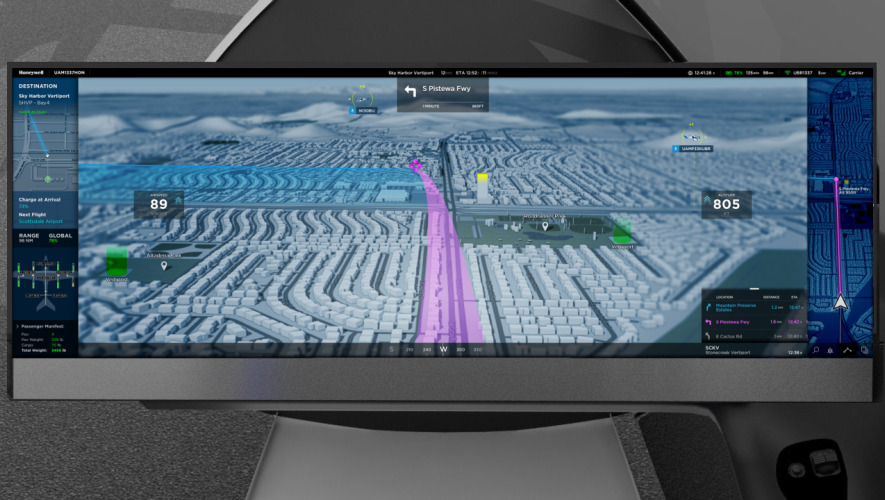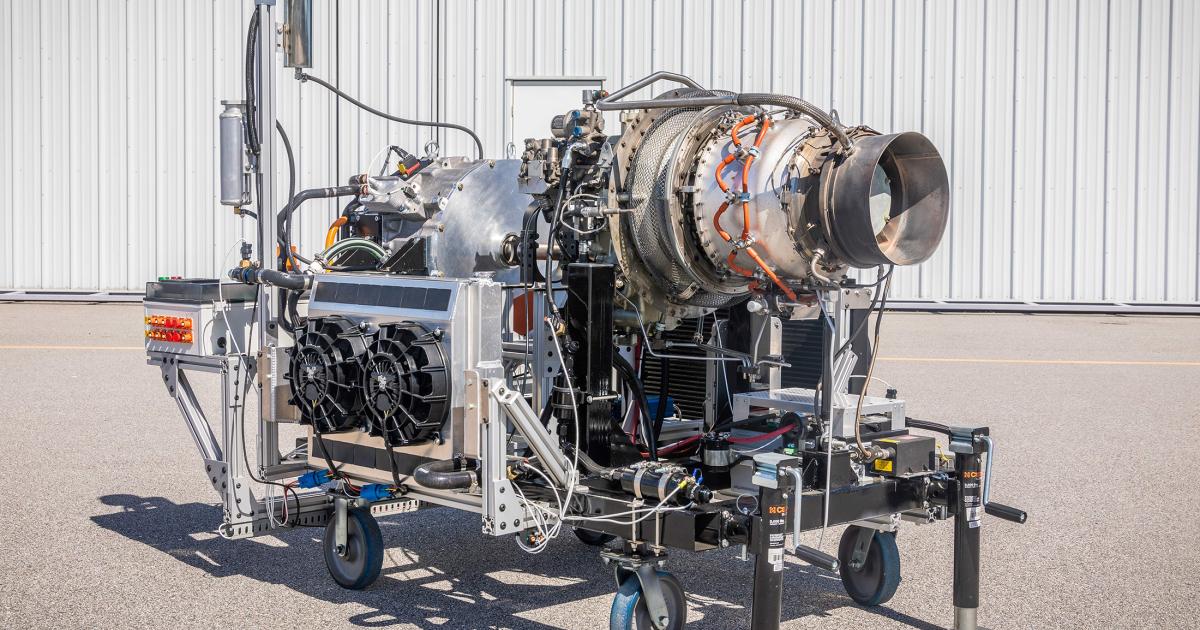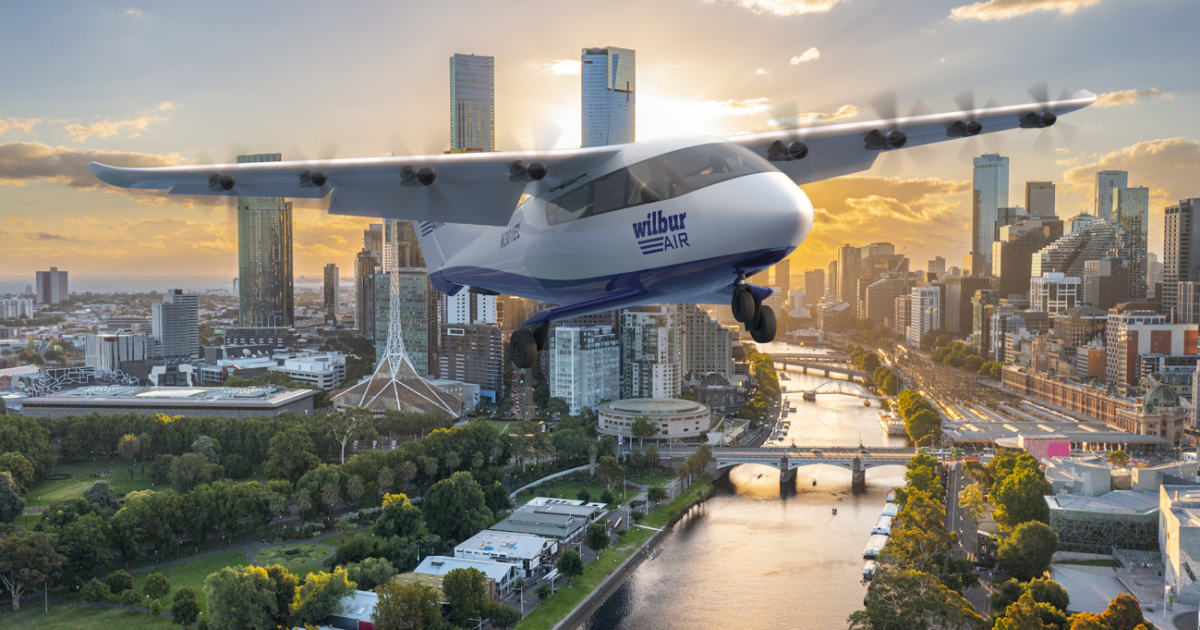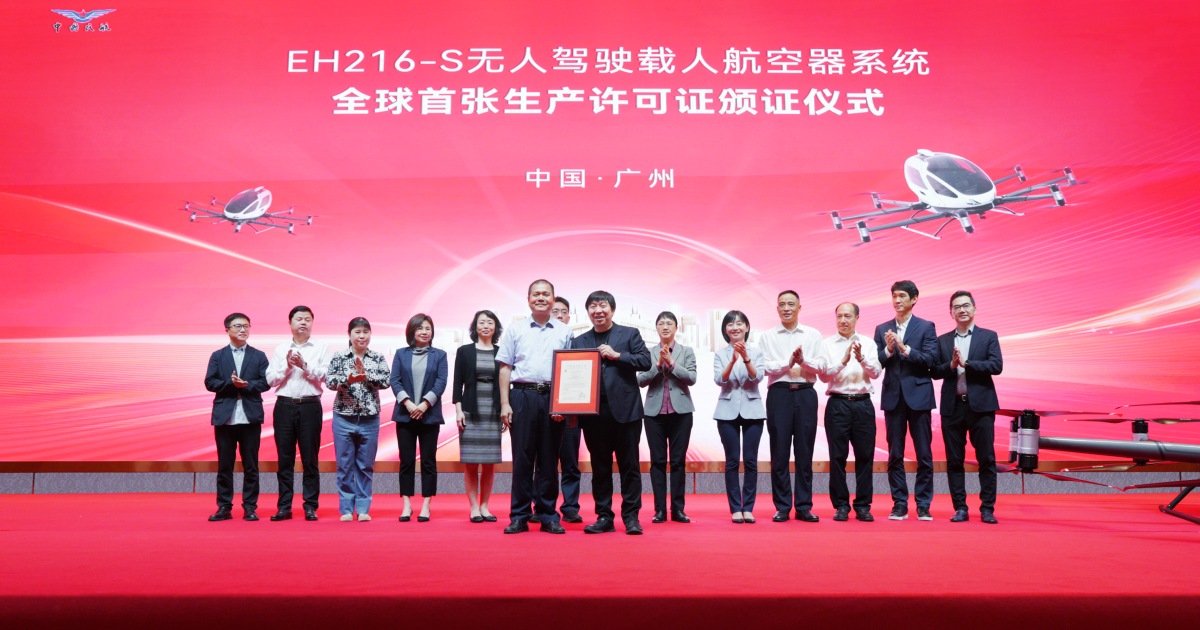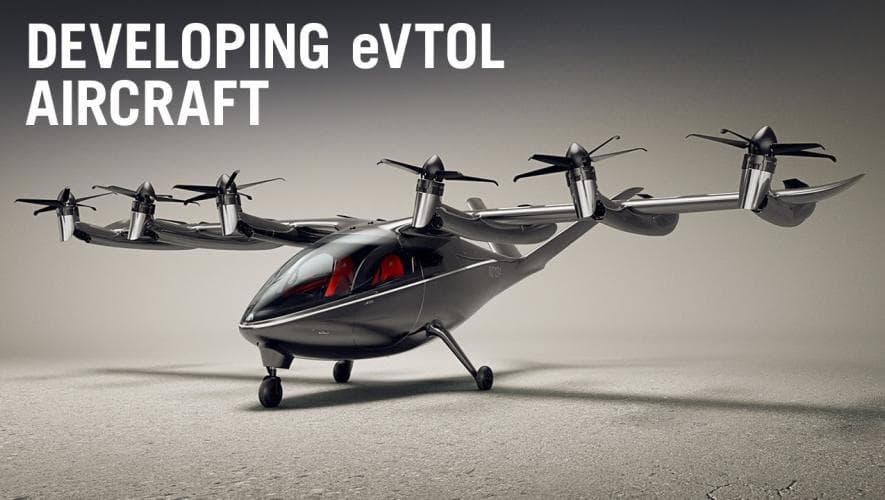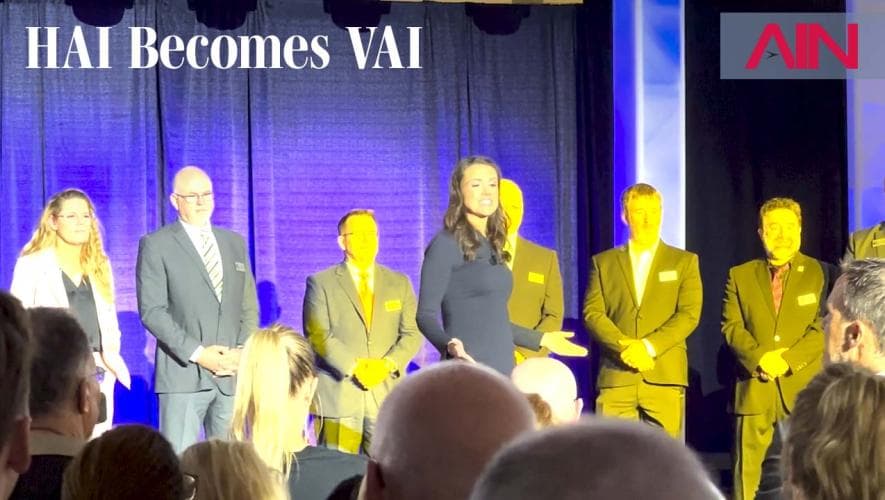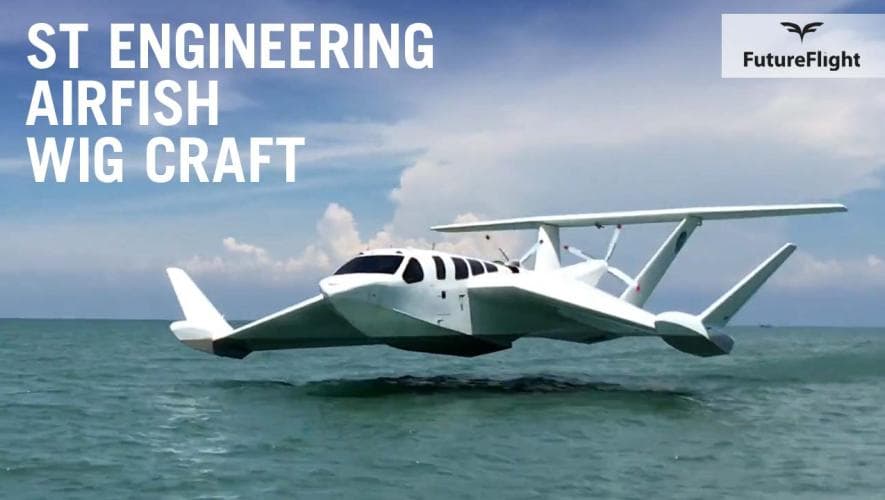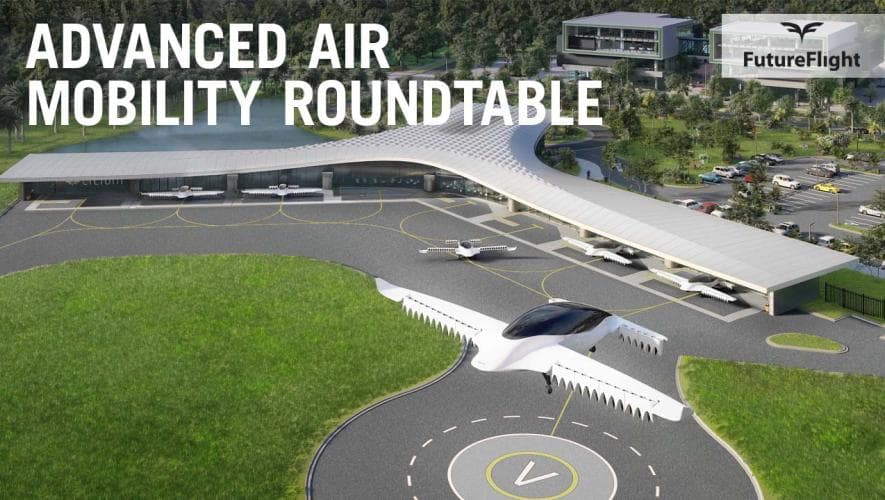FutureFlight
Latest FutureFlight Videos
All VideosFutureFlight News
Engines
U.S. Air Force Backs VerdeGo’s VH-4T Hybrid-electric Powerplant
Afwerx funds VerdeGo's 400-kW turbine generator development
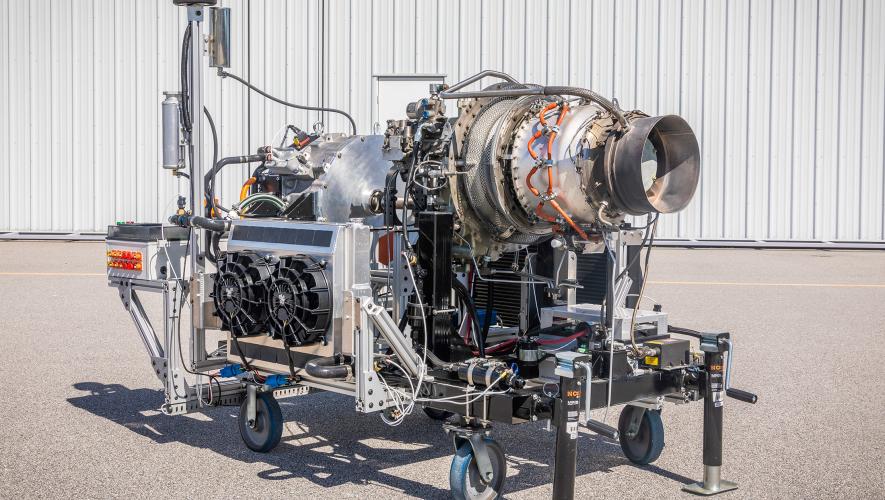
Airlines
Wilbur Air Will Operate Electra's eSTOL Aircraft in Australia
The operator is a spinoff from AAM infrastructure group Skyportz
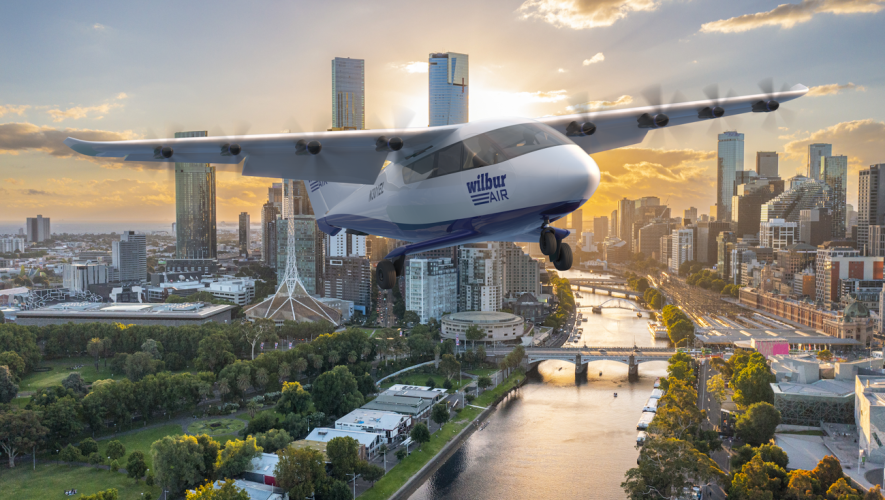
Aircraft
FutureFlight.aero Merges with AINonline.com News Platform
Platform provides comprehensive coverage of the advanced air mobility sector and more
Engines
Australian Start-up Dovetail Electric Aviation Wins State Funding
The company has relocated operations from New South Wales
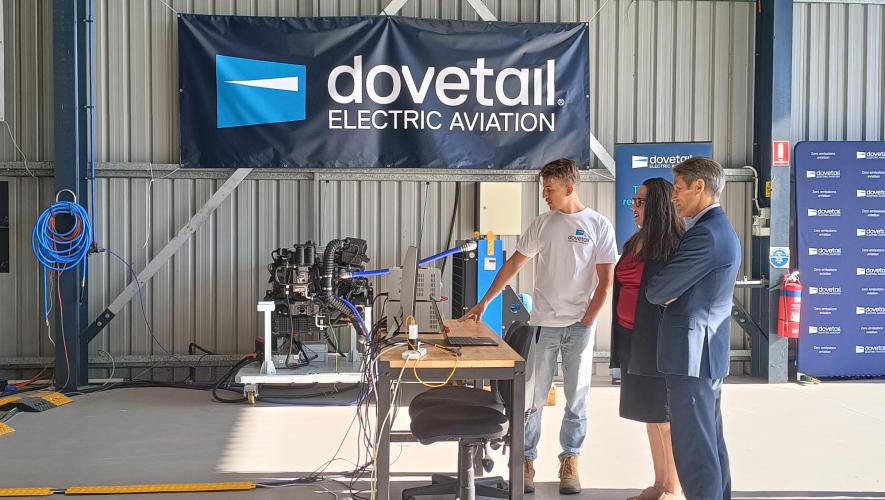
Avionics
Merlin Accelerates Autonomous Flight Development with Simulator
The company's Certification System Bench means Merlin Pilot can be continuously tested
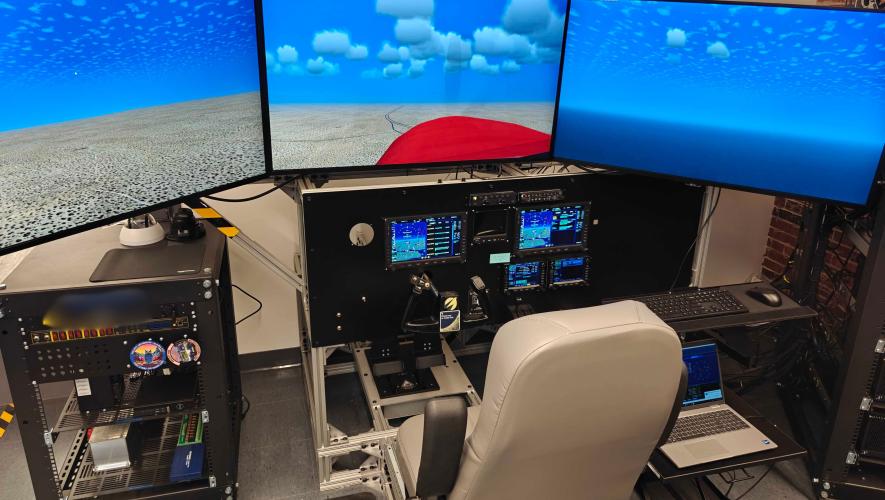
Charter & Fractional
Charter Operators Commit to Buying Electron Air Taxi
The four-passenger aircraft is expected to enter service in 2028
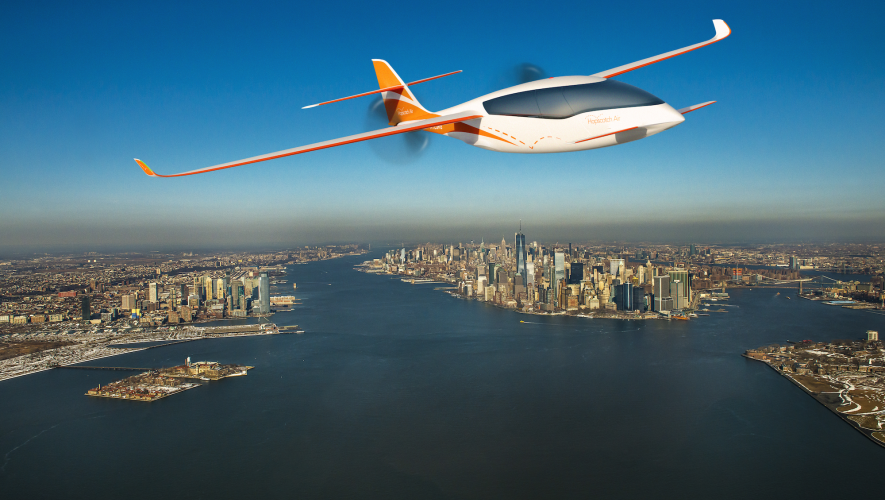
Aircraft
Textron eAviation Shows Off FAA-approved Velis, Works on Nexus eVTOL
Pipistrel subsidiary is driving electric aircraft innovation at the Textron division
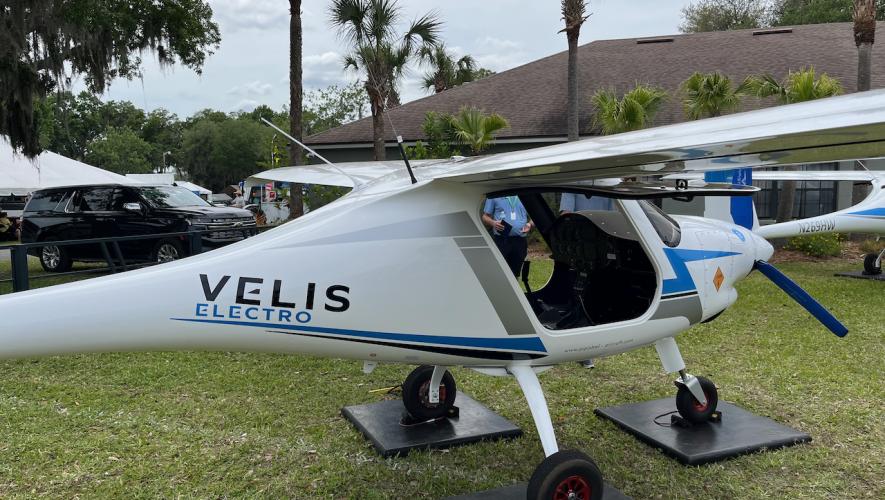
Maintenance and Modifications
Feam Aero Will Maintain ZeroAvia's Hydrogen Propulsion Systems
U.S.-based maintenance provider has 52 bases worldwide
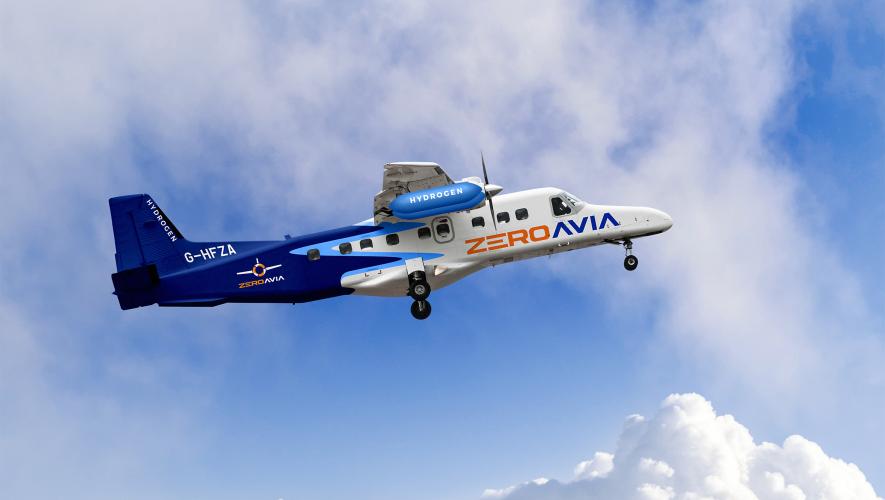
Unmanned Aerial Vehicles
International Skies Open Wider with ICAO's Latest Drone Regulations
The framework policy includes provisions for remote pilot licenses
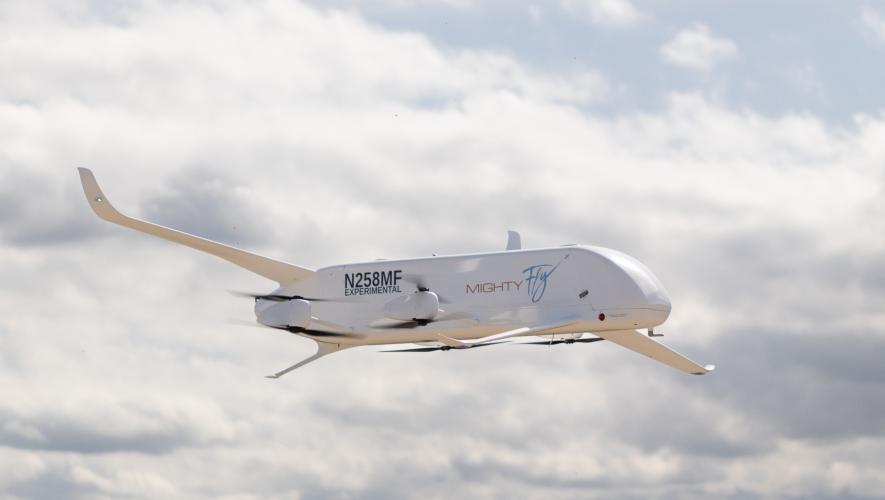
Aircraft
GAMA's Associate Membership in AAM Field Continues To Grow
Four companies have come on board as associate members EPIC
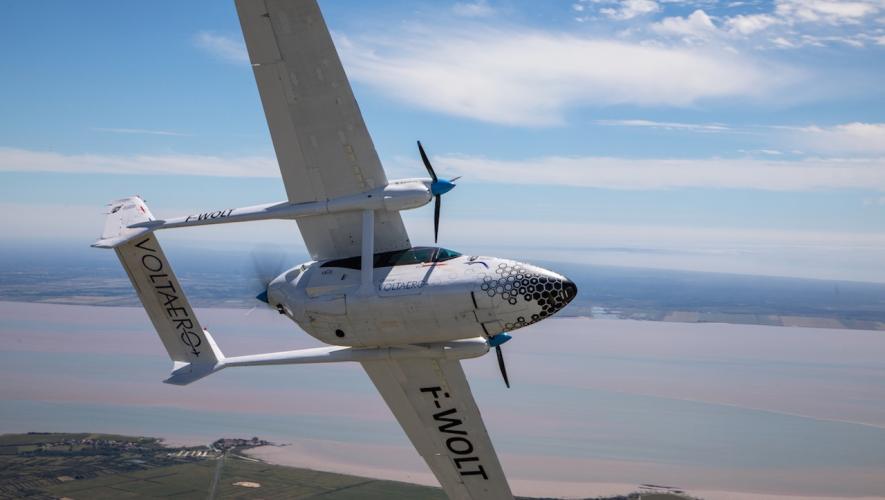
Airports
Sustainable Aviation Consortium Launches in San Antonio
Ampaire's Electric EEL hybrid-electric technology demonstrator flew to San Antonio for the occasion
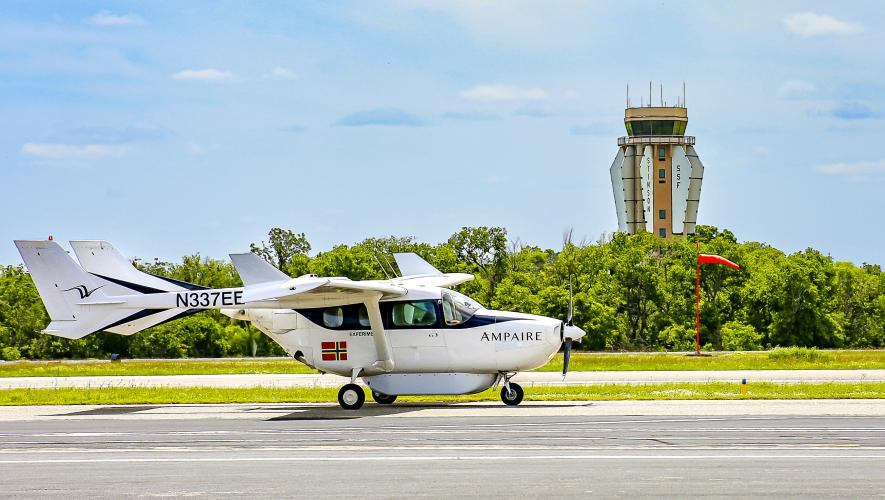
Aircraft
EHang Earns Production Certificate for Autonomous eVTOL Aircraft
Approval was granted by the Civil Aviation Administration of China
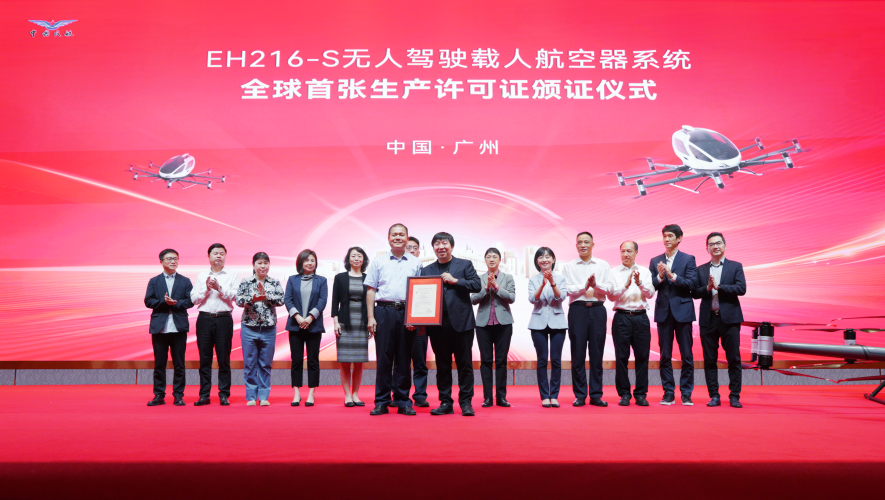
Airports
Rome's Vertiport Tests AI-Powered Bird Monitoring System
Artificial intelligence could protect eVTOL aircraft from birds
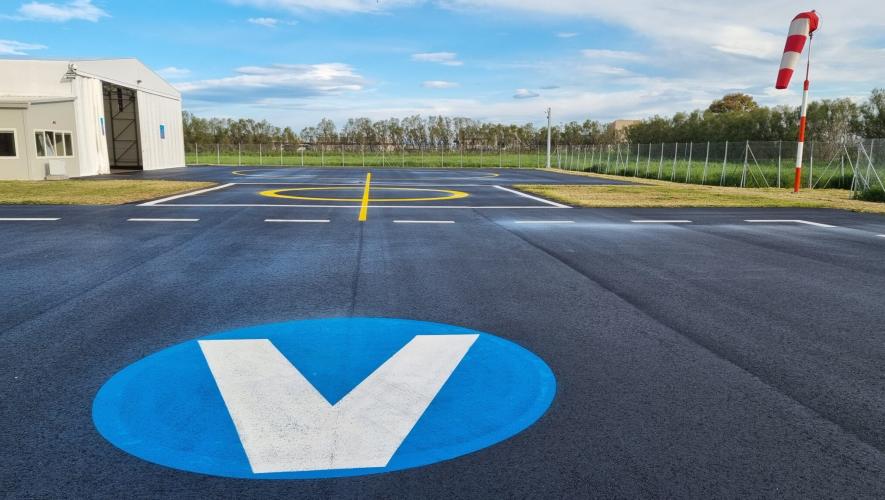
Aircraft
AutoFlight Delivers First Prosperity eVTOL and Certifies Freighter
China's air safety regulator issued a type certificate for the CarryAll aircraft in March 2022
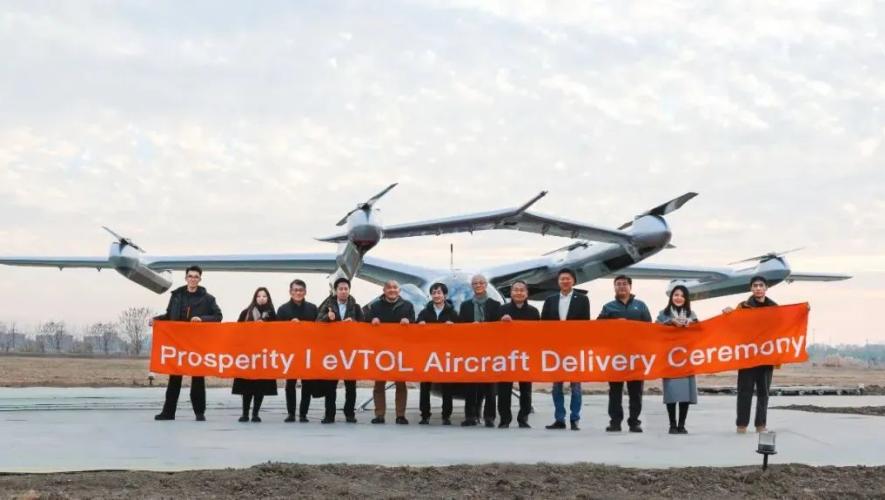
Environment
Bombardier Completes Portfolio with Challenger 650 Environmental Declaration
The Challenger 650 EPD details the business jet's environmental footprint from raw material to end-of-life
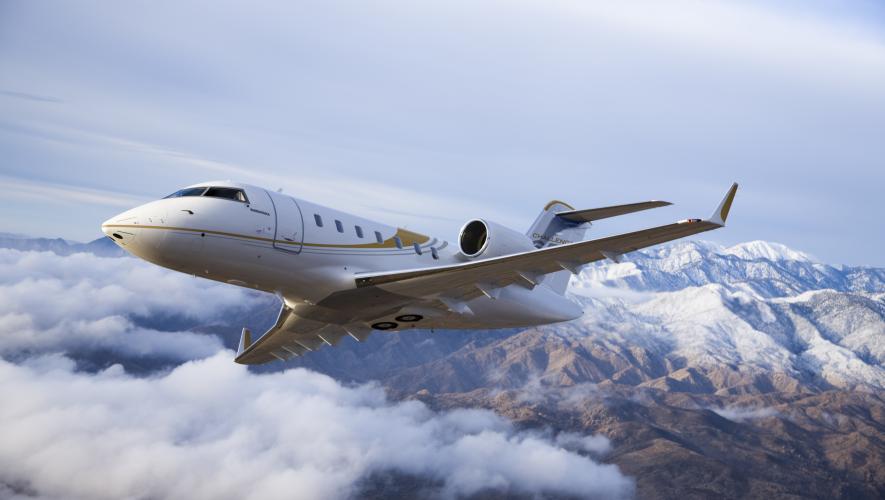
Airports
Moonware Gets Funding for AI-based Ground Handling Software
Venture capital groups have provided $7 million in fresh capital
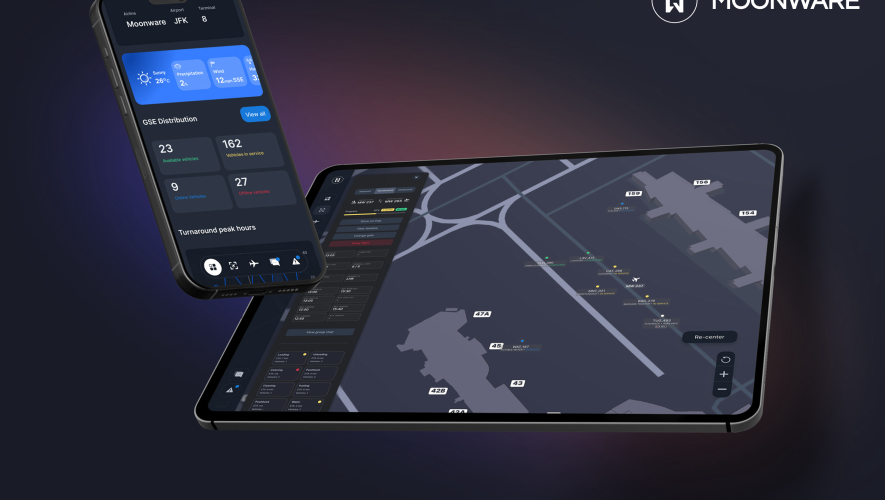
Avionics
Lilium Fits Garmin Standby Instruments in eVTOL Aircraft Cockpit
Manufacturer aims to start flight testing full-scale prototype by the end of 2024
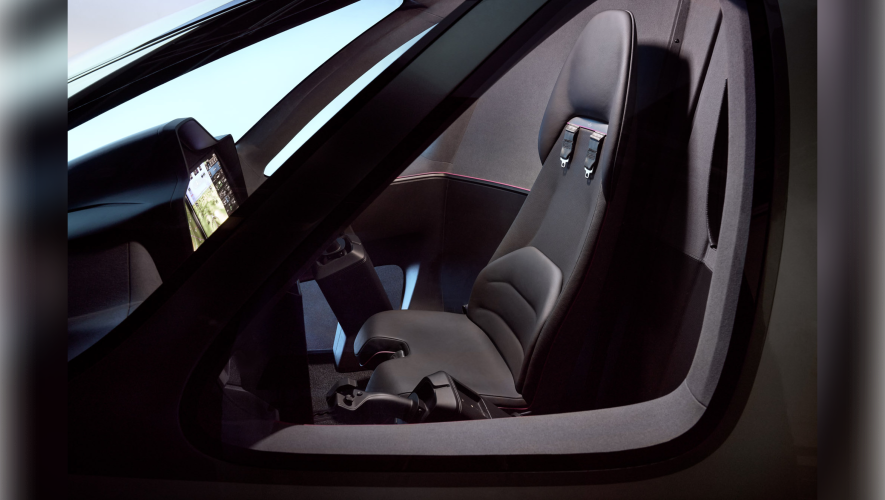
Rotorcraft
Piasecki Steps Up Development of Hydrogen-powered PA-890 Helicopter
Legacy helicopter manufacturer aims to fly a prototype in 2028
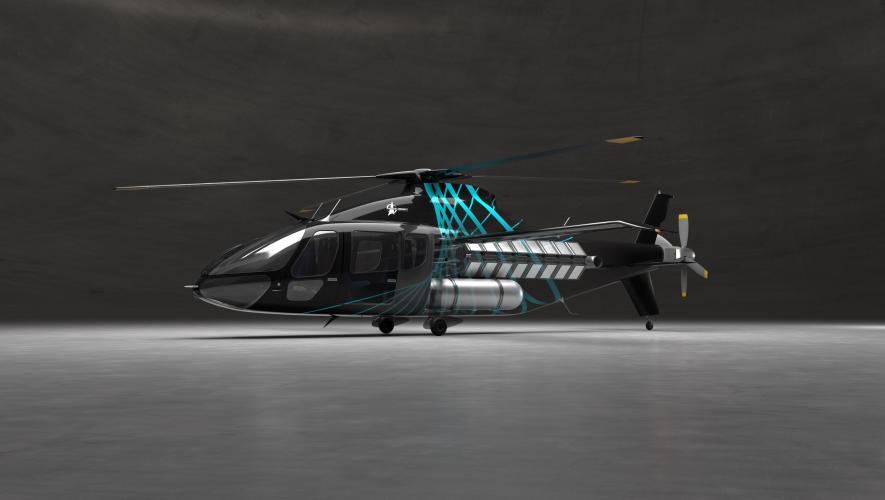
Engines
Rolls-Royce Starts Testing 320-kilowatt Electric Motor
No reported buyers for the aircraft engine maker's for sale electrical division
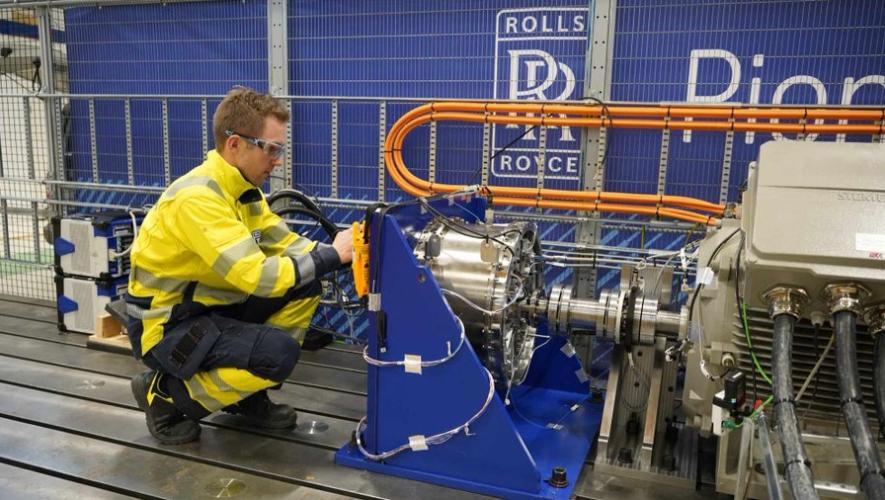
Avionics
Honeywell Makes Offer for Autonomous Tech Group Civitanavi
Proposed deal is part of the U.S. aerospace group's plan for the advanced air mobility sector
